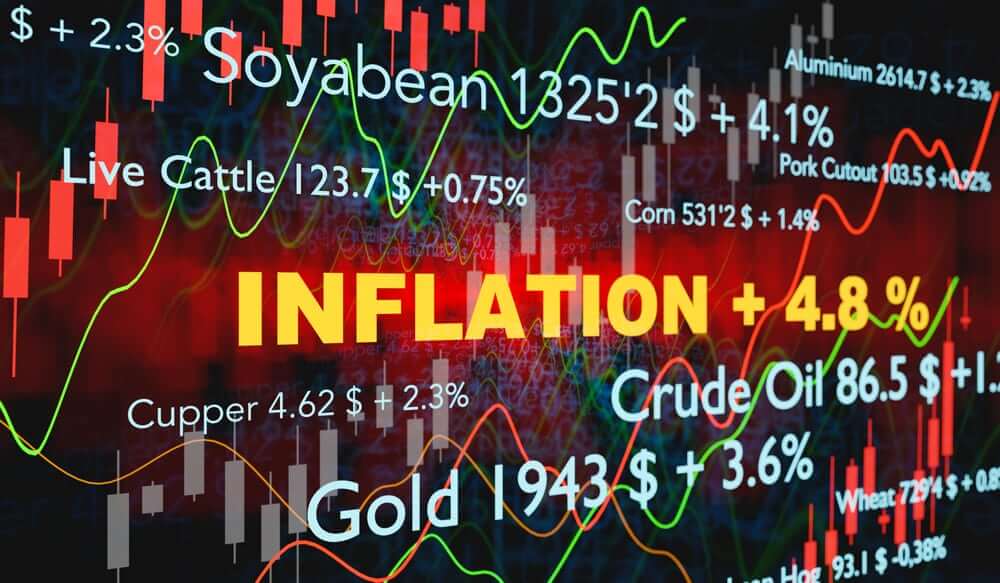Power of Commodities to Influence Inflation
Since August, natural gas prices have risen sharply, putting upward pressure on various commodities such as coal, electricity, and oil while squeezing margins for industrial users. Other entities, such as base metals and ammonia, have risen due to forced industrial activity curtailment.
Given existing supply constraints in shipping and computer chips, the rise in commodity prices has fueled renewed fears of inflation and a potential negative growth impulse from the constrained industrial output and higher heating bills. The International Monetary Fund cut its global growth forecast in October, citing risks such as rising fuel costs and accelerating inflation. Unfortunately, energy price volatility is likely to continue in the coming months.
Gas market
A combination of one-time and structural factors has resulted in global natural gas inventories being at the low end of the historical range as winter approaches, pushing prices higher.
This year’s cold temperatures in Europe and Russia continued into spring, limiting the typical seasonal buildup of gas inventories. Weather-related issues have also reduced wind and hydropower output, increasing the demand for thermal generation, including natural gas.
Low natural gas inventories, solid internal demand within Russia, and the country’s preference for exports via the southern corridor have all contributed to a decline in northern European imports of Russian gas.
Furthermore, the exceptional growth in industrial production – and the resulting power needs – over the past year due to pandemic-related global demand for goods contributed to recent energy shortages.
Other commodities
Higher demand and prices for competing fuels can cause ripple effects across the commodity complex. Coal supply had dwindled due to years of underinvestment in response to pollution-control policies in China and elsewhere.
This upward spiral, in which gas, carbon, and coal all rose simultaneously. It eventually contributed to higher oil prices, which were already rising. Simply put, there was no place to go in the energy chain to hide.
Redundancy is lacking
Recent events have highlighted what we believe are critical conditions in the energy system:
- Broad supply-side underinvestment after years of low prices
- Reduced system flexibility
- The interconnected nature of all energy markets, including the role carbon prices play in determining market substitution points
However, OPEC+ does retain some spare capacity in oil.
Russia most likely does in natural gas, and excess capacity declines across the energy supply chain. This potentially makes the market more vulnerable to weather or political disruptions.
Renewables and environmental policies have had a broadly deflationary impact over the last decade as solar and wind capacity has grown. However, the hollowing out of baseload generation (coal and nuclear) has made demand less responsive to price changes. The world is electrifying automobiles and residential heating and cooling. Therefore investment in baseload power and storage will require increased redundancy to help with renewables’ intermittent nature.
- Support
- Platform
- Spread
- Trading Instrument

